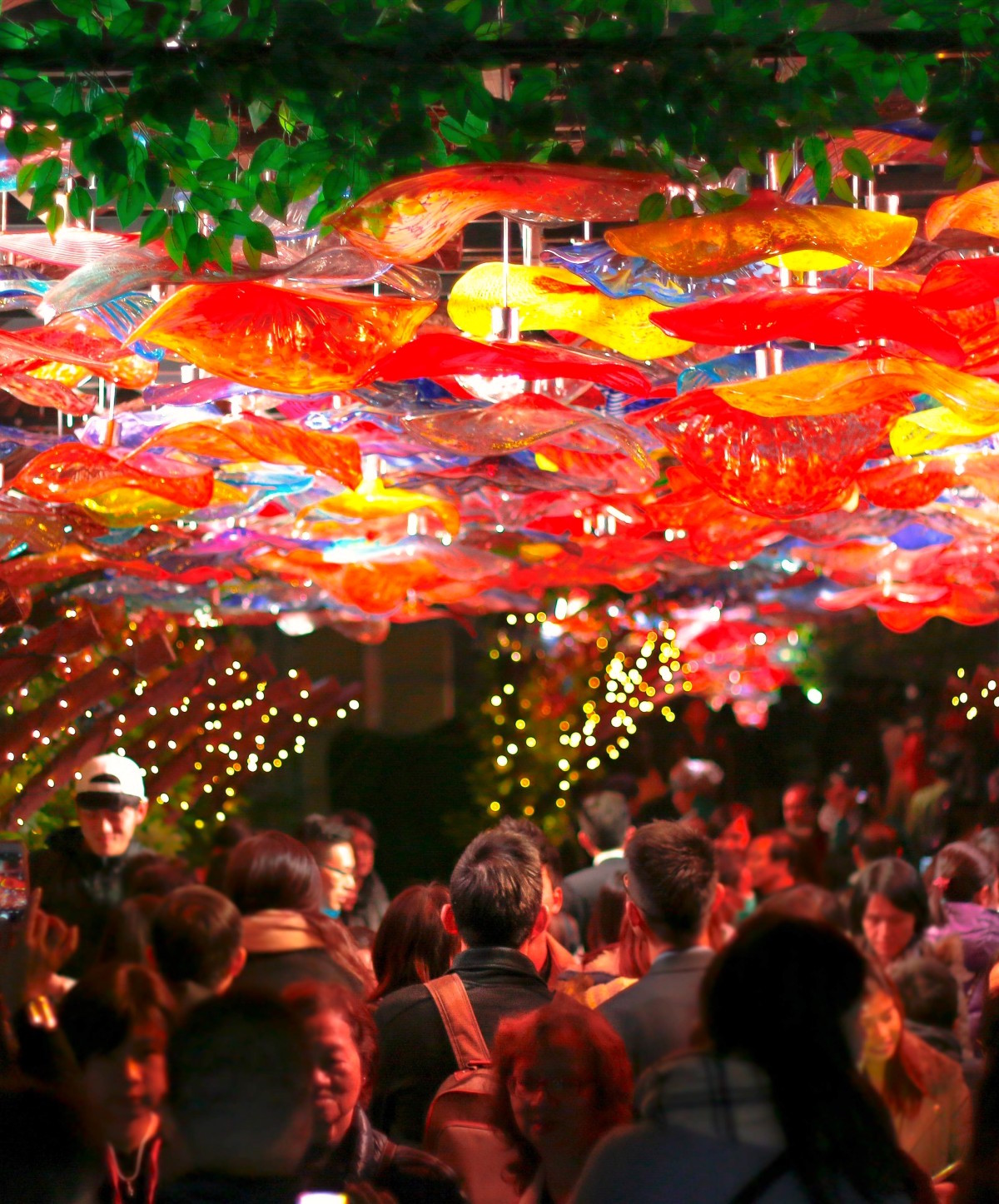
So, people worship the moon to memorialize here on the Mid-Autumn night. Chinese people believed in rejuvenation being associated with the moon and women.Īccording to the legend of the Moon Festival, Chang'e ate the elixir to save ordinary people and flew to the moon. There was another saying that the custom of moon worship was related to the goddess of the moon - Chang'e. Worshiping the Moon at the Mid-Autumn Festival Then burn incense, put moon cakes and fruits as sacrifices on the table, face the moon, and pray for fortune. In ancient times, Chinese people believed the moon governed all vital changes, especially the harvest of grain. Therefore, on the night of the Moon Festival, people will put a table outside under the moon. Many customs of the Mid-Autumn Festival are associated with the moon, so the festival is also called the Moon Festival. Some Chinatown or Southeast Asian countries would hold lantern riddle contests on the Mid-Autumn night and the Lantern Festival (during Chinese New Year). Nowadays, this activity is still popular with young people. In ancient times, many single men and women looked to find the right person by guessing the riddles. The history of guessing lantern riddles is over 1500 years.

Guess Lantern Riddlesīesides hanging up lanterns outsides, Chinese people usually write some interesting riddles on the lanterns and have other people try to guess the answers. The entire area is decorated with beautiful lighting. When darkness falls, locals place candles inside the lanterns and hang them outside.Įvery year, lantern carnivals and exhibitions are held in parks and other public places, during which lanterns of various colors, patterns, and styles are on display. The lantern is usually made from bamboo strips shaped like fruit and birds. Children are particularly fond of making their own traditional lanterns. It is said that the higher the lanterns are hung, the luckier the family will be. This activity is called 竖中秋 (shù zhōng qiū) in Chinese. Hanging up lanterns is one of the interesting customs of the Mid-Autumn Festival. Touring with China Travel, free moon cakes will be awaiting you! 4. Moon CakeĪs early as August, moon cakes start to appear on the shelves of local bakeries, some of them are overpriced. A cup of Chinese tea or osmanthus-flavored wine along with moon cakes is a match made in heaven. The tradition of moon cakes can be traced back to the Southern Song dynasty (1127–1279 BC), even though, the moon cakes were not round at that time.Ĭhinese moon cakes are small baked cakes, made with a variety of fillings like salted duck eggs, lotus seeds paste, fruits, and sometimes even meat.
MIDAUTUMN DAY FULL
The cakes, typically round, symbolizing the full moon, are presented as gifts to relatives and friends. The Mid-Autumn Festival is also known as the Mooncake Festival. Parks, squares, or hills are recommended. In modern times, after a family reunion dinner, some people choose to go outdoors to admire the full moon on the night of the Mid-Autumn Festival.Ī good place to admire the moon should be wide and open, high, or somewhere with water. Gazing at the moon is an ancient tradition dating back to the Zhou dynasty (around 500 BC) when people held ceremonies to welcome the full moon. The full moon is the symbol of a family reunion, reminding people of their hometowns and loved ones. Read Mid-Autumn Festival Food for more details. Pumpkins, chestnuts, taro, persimmons, sweet potato, and walnuts usually feature in the festival feast, emphasizing the bounty of the fall harvest, along with traditional celebratory foods like crab, pork, and duck.

People will share a fantastic meal together to enjoy this family reunion time. During the festival, family members will try their best to go back home and get together with their parents, no matter how far from home. This tradition is much like Thanksgiving in the United States. Mid-Autumn Festival is a time for families reunion.


 0 kommentar(er)
0 kommentar(er)
